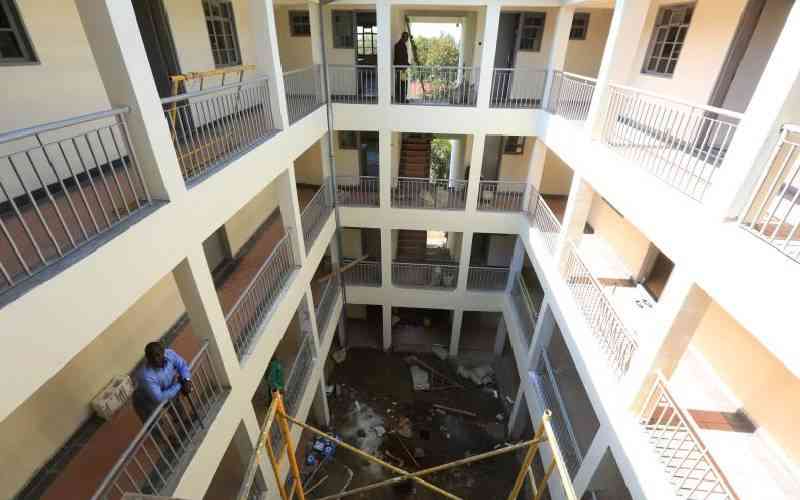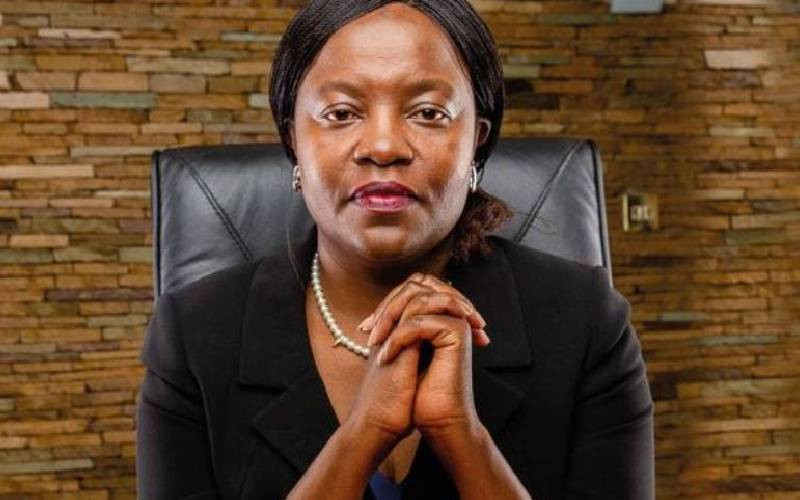
NAIROBI, KENYA: The proliferation of technology and changing market demands are changing the way educators teach, how students learn, and how teachers and students communicate. The world of education is changing so fast that learning institutions are being forced to adapt to meet the needs of emerging 21st century learners, who are more discerning and practical.
The shift, which started in the developed world, is catching on in developing countries like Kenya, where schools are progressively remodeling the learning environment based on modern technologies and changing teaching methodologies to accommodate modern learners.
Mr Showkat Badat, the Director of Academic Development, Learning Strategy & Professional Development at Oshwal Academy, says the 21st century learner requires an environment that encourages learning and stimulates creativity as opposed to teaching. “Learning is best done when knowledge is created and least done when knowledge is regurgitated,” says Mr Showkat Badat, who joined Oshwal Academy in May.
Mr Badat says creating the modern learning environment includes removing barriers to creativity such that even the infrastructure in a school doesn’t cause anxiety and demolishing power centres that impede creative thinking. “School design, for instance, should be at the heart of the children’s learning backed by ecologically sound IT systems,” he says.
A good example that he implemented at his former school in the UK and which has been adopted by a number of learning institutions is the use of white-board walls. This enabled students to write on walls wherever they are in school, boosting their learning. “This hugely encouraged creativity,” he says, “as students were not limited to writing on the white boards in class.”
He said 21st century learning, which he is rolling out at Oshwal, involves use of tech devices in teaching and learning with a view to turning both teachers and learners into content creators. Often many students are frustrated in schools because while they have access to tech devices at home, most schools restrict them. In Kenya, students in public primary and secondary schools are not allowed to use mobile phones during school time.
“Oshwal is an international institution and is determined to create a 21st century learning environment. It has very good infrastructure which is being improved to deliver this kind of learning more efficiently and effectively” he says. “We are targeting a situation where ICT becomes an enabler of learning rather than an obstacle.”
He says as part of infrastructural design, institutions should bring down physical barriers to encourage more interactions among administrators, teachers and the students.
Curricula need to change, too. Mr Badat says even the current quest by the Kenyan government to review the 8-4-4 education system is in line with the needs of the 21st century learning. “It’s a great move, but changing the curriculum is not enough. It needs to move away from learning with teachers in front of the class with students sitting behind desks to a student centric approach,” he says.
Creative learners, he says will be economically better off and will easily fit in the global economy. With mineral mining dwindling, the next mining field is turning out to be data, which has become a strategic resource in the knowledge economy. Schools should prepare students to turn this resource to their benefit and that will be best done through 21st century learning.
 The Standard Group Plc is a multi-media organization with investments in media
platforms spanning newspaper print operations, television, radio broadcasting,
digital and online services. The Standard Group is recognized as a leading
multi-media house in Kenya with a key influence in matters of national and
international interest.
The Standard Group Plc is a multi-media organization with investments in media
platforms spanning newspaper print operations, television, radio broadcasting,
digital and online services. The Standard Group is recognized as a leading
multi-media house in Kenya with a key influence in matters of national and
international interest.
 The Standard Group Plc is a multi-media organization with investments in media
platforms spanning newspaper print operations, television, radio broadcasting,
digital and online services. The Standard Group is recognized as a leading
multi-media house in Kenya with a key influence in matters of national and
international interest.
The Standard Group Plc is a multi-media organization with investments in media
platforms spanning newspaper print operations, television, radio broadcasting,
digital and online services. The Standard Group is recognized as a leading
multi-media house in Kenya with a key influence in matters of national and
international interest.










